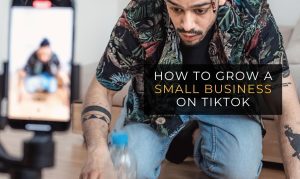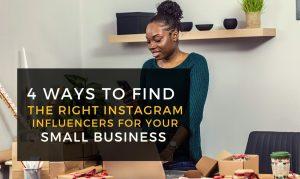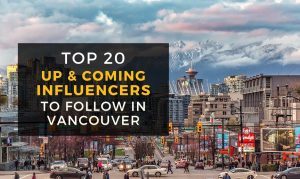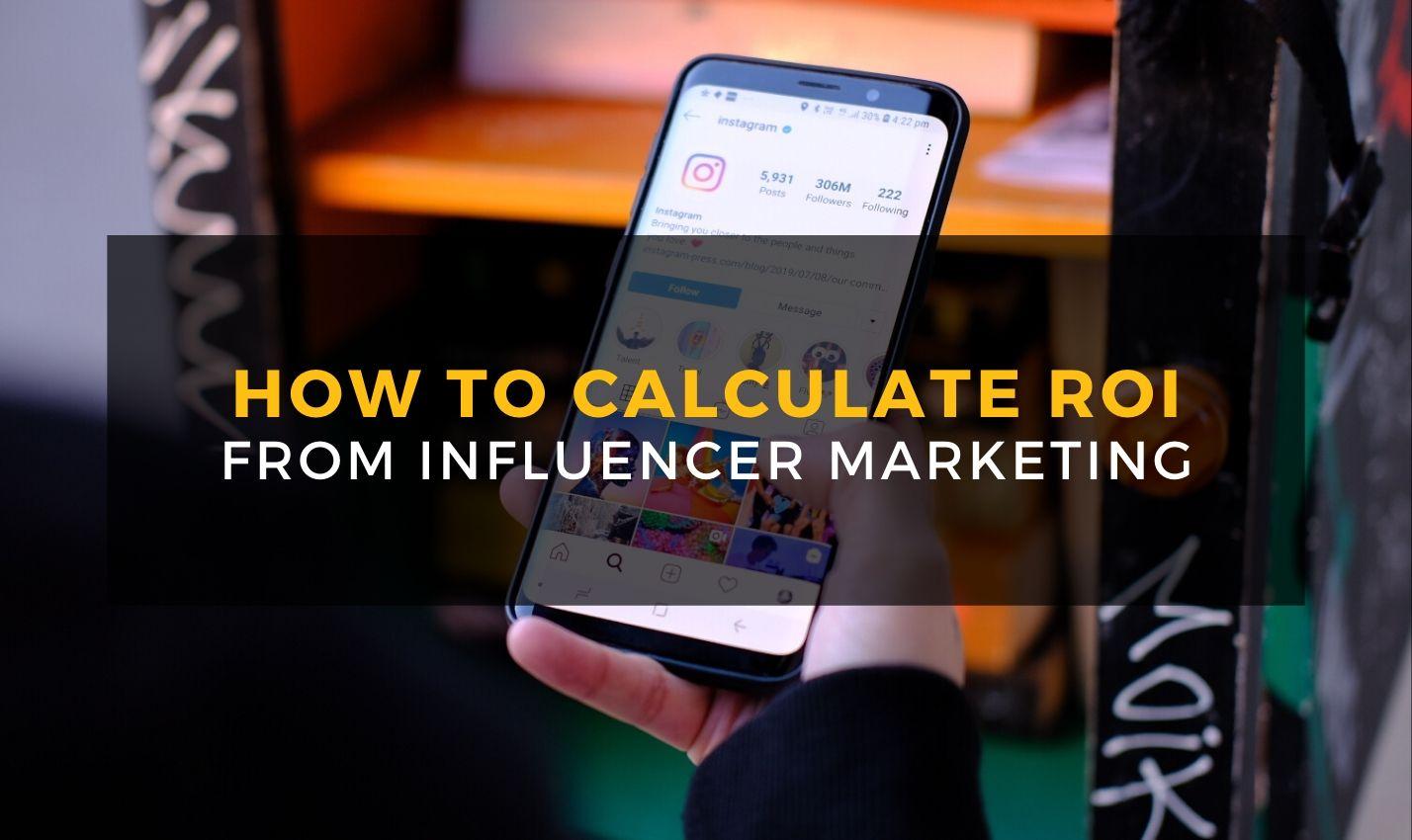
Influencers create amazing content. Their deliberately candid photos, taken in places previously exclusive to the Conde Naste crowd entice us to pause whatever we’re doing — usually something non-exotic, not on a beach — and dream.
This ultra-compelling content has become a new standard for advertising on social networks, and this trend isn’t going anywhere.
The majority of marketers had already begun experimenting with influencers by 2019, and nearly 60% of respondents in a recent Linqia survey said that they planned to increase their influencer marketing budget in 2020.
Late-to-adopt brands don’t want to be left out – stuck using traditional advertising and studio images. The preferred social media platform for marketers is currently Instagram, with 97% of marketers planning to use it for their next campaigns.
But is FOMO reason enough to hop on the influencer marketing bandwagon? Maybe— If you’re confident that you’ll get a return on your investment.
Are you seeking awareness, measurable sales, or new website traffic? These are all questions you should ask yourself before you invest in influencer marketing.
In this article, we will explore different tactics that brands use to track and calculate ROI from influencer marketing.
Greatest Challenges For Influencer Marketing:
Choosing the Right Influencers:
Before launching an influencer marketing campaign you can do some due diligence that will increase your potential return on investment on individual influencers. Spend time getting to understand the potential ROI of your influencer network.
You want to partner with creators whose audiences are aligned with your target market, so that you can be sure you’re spending your advertising budget on prospects most likely to purchase from you.
You can come up with epic campaigns all day, but if you’re targeting people that won’t buy from you, you’re not going to recuperate your investment through an influencer’s post.
Using an influencer marketing platform during this process will save time and make your life easier. These vetted marketplaces connect influencers and brands, and provide access to statistics, demographic insights, and reviews.
Find out how we vet our creators and influencers here at Node!
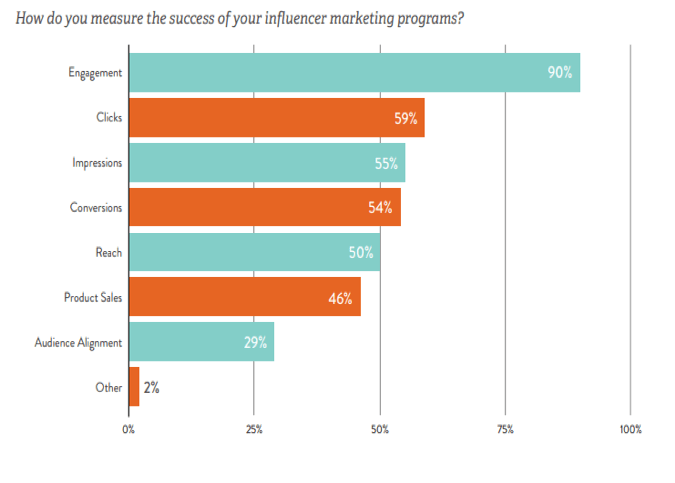
Content Marketing Institute, 2019
Tracking & Measuring Influencer ROI
Besides identifying which influencers to use, the biggest challenge that marketers face is measuring their influencer marketing campaigns’ return on investment (ROI). According to some surveys, up to 90% of businesses don’t feel confident in their ability to do this.
Much of this challenge exists because a large part of the return that brands get from influencer campaigns comes in the form of brand awareness. Awareness is higher up in the marketing funnel than, for example, purchases – and therefore less tangible and more difficult to quantify.
The social proof you generate from influencers, but it has clear influenc on people’s buying decisions. Social proof simply means having someone else tell you it’s good. Letting your customers know what other people like them like helps build trust, encourages action and inspires others to take new actions.
There is no silver bullet in tracking the success of an influencer marketing campaign, and your metrics should be guided by your campaign goals.
Return on Investment
Simply put, ROI measures whether or not you make more money on your campaign than you spend on it. It’s how much money you make, minus your costs.
Measuring Cost
There are 3 main, bare minimum costs for an influencer marketing campaign. How much you choose to compensate an influencer, the cost of your product, and the time you spend developing your campaigns.
Time Spent Facilitating The Campaign:
If you scale your influencer program correctly, it should require less effort as time goes on. All the formalities can eventually be plugged into a workflow system and streamlined.
In the beginning, however, you’ll probably need to spend a good chunk of hours doing influencer outreach and communication, setting up the campaigns, and negotiating contracts.
All of this will be factored into your ROI calculations in the form of time spent – either salary or opportunity cost.
Influencer Fees
If you’re working with macro-influencers, you’re likely paying a fee – of which the sky’s the limit. You can also go through an agency or platform that will collect a commission of 20-40% of the payment you make to each influencer.
When it comes to pricing and bargaining with influencers, you’ll become better with experience as you work with more influencers and develop a budget that meets your marketing goals.
If you’re contracting micro-influencers on a TFP (trade-for-product) basis, then you’re paying for the influencer’s services with the product. This means you’ll need to consider the cost of that product and shipping it to the influencer.
Discounted or In-Kind Products
How do you calculate sales from influencer marketing?
Oftentimes the formula is: “use code x to get y% off of product z.” Personalized discount codes are great because you can easily track sales made from Instagram posts – but you will have to factor in y% off of resulting sales into your costs.
While promo codes and affiliate links are a method of tracking influencer marketing sales, they can also deter the authenticity of your influencer posts when used excessively.
(Instagram post by @wakeupeathis)
Product Seeding
If your product is relatively inexpensive, you might want to consider another approach, known as product seeding.
This method involves sending free products to a carefully-selected list of micro-influencers without expectation of anything in return. Influencers that choose to promote your product do so for free and typically forge a more organic relationship with your brand.
In each of the last 2 cases, cost is minimal and the return can be delightful for the dollars spent.
Brand Awareness Versus Direct Response
Influencer marketing campaign ROI can be organized and categorized in a variety of flows, but we like to break them down into 2 categories: brand awareness and direct response.
Brand Awareness Isn’t Always Tangible
Think of brand awareness as the return that doesn’t actually involve a sale, but is introducing your brand to potential customers. This is important because people don’t usually become your customers until they interact with your brand between 5 and 20 times.
You have to make people aware of your brand before they trust you enough to buy from you.
Brand Lift Studies
How can you accurately measure how ‘aware’ people are of your brand?
One way is with a brand lift study, which uses surveys or questionnaires to measure certain indicators such as the likelihood that someone who sees your campaign will be able to recall your brand, their sentiment toward the brand, or their level of intent to purchase from you.
Brand lift studies are great, but they require resources. And even if you can afford to do one, the results are going to be measured in terms of awareness, which you’ll need to translate to a monetary return on investment.
If you aren’t ready to spend the money on a brand lift study you can use some of your own proxy indicators to gauge how your campaigns are affecting your brand’s awareness. Below is a list of some examples; in no way exhaustive.
Awareness Proxy Metrics:
Clicks
How many clicks did your influencer posts receive? This information can be easily pulled from your Instagram analytics dashboard or any other web-analytics tool that you’re using.
You can also use free tools such as Google Analytics to find other click metrics such as how many people visited your website from the campaign post and your retention rate with new visitors.
Follower count
To accurately measure how much your Instagram follower count grew as a result of a particular campaign, you would need to have a benchmark of the normal growth rate, seasonality, and overlapping campaigns.
But if you’re okay with a large margin of error, you can get a general idea by comparing your growth during the campaign to your normal growth rate.
Impressions
Impressions is the total number of times your content was seen, and reach is the number of people who saw it.
One way to capture this data is by asking influencers to send you a screenshot of their analytics from their social accounts.
Engagement
The number of likes, shares, comments, tags, branded hashtags, saves, and actual dialog about the product or service being marketed are all important indicators of how well your campaign is getting the word out about your brand.
Direct Response Indicators
When your campaign has a clear call-to-action, the responses you get (or don’t get) are more direct, and can be more easily converted to a monetary value.
How many newsletter signups did you obtain from your ads? What is the conversion rate on your new website visitors? How many form submissions did you have on your landing page?
These direct responses that people take to your campaigns are easy to track if you designate personalized discount codes or track landing pages for your campaign.
Direct Response Metrics:
- Your call-to-action in sponsored posts:
- Newsletter sign ups
- Clicks to a designated landing page
- Website visitors
- Conversions (sales):
- Dollar amount purchased with a specific discount code
- Purchases resulting from a landing page that you set up for your campaign
Your Google Analytics dashboard
Paid Ad Performance
Another method to track influencer performance is to compare the content in a social media ad campaign. While your influencer content is making the rounds on social media, why not get a second life out of it? With Facebook’s Creator Studio you can repurpose your content piece in an ad, which gives you more bang for your buck. This tactic can be used regardless of budget or if you are using influencer content to drive organic traffic.
By repurposing the content in a paid ad you can drive new audiences and test the content for clicks and conversions. If the content resonates with your targeted audience, it may be time to invest in some form of paid advertising to acquire those users as well as new audience segments that have been inadvertently discovered by the influencer.
👉 Read how to leverage influencer content for ads
Another Return to Consider:
User-generated content (UGC) is a valuable asset for brands. It’s been reported that 40% of brands will repurpose the content their influencers create on the brand’s website, and 30% in emails.
Generating content in-house carries costs related to photoshoots, hiring models, etc., but when you partake in influencer partnerships, it comes with the package.
Cost savings is a benefit in itself, but an added bonus is that influencers are often better at creating content than brands.
They are the customer, so they are essentially marketing to themselves. Over the long haul, this can shift brands’ overall marketing strategy and voice, resulting in an increased relationship between brands and their customers.
Check out some case studies of brands that used micro-influencers to make it big.
There are endless ways that brands find value in their influencer marketing campaigns. It takes some work to create the formulas and figure out how much money certain actions are worth to your brand, but once you determine your metrics, you can capture that value and can be confident you’re getting your return on investment.

